The helicopter rig is a tactic that has had a great effect on my fishing. I saw how effective helicopter rigs can be around six or seven years ago on my first couple of trips to Frensham Great Pond. At the time I was targeting the venues prolific tench population when in-between catching them, I would often hook rudd on method feeder tactics that would more often than not come adrift due to the unforgiving tackle I had adopted. I had great fun catching bags of tench but quickly became frustrated when loosing most of the rudd I hooked. After losing several one morning I knew that I had to change tactics. What I needed was a rig that I could happily catch both species on without the need to sacrifice one or the other.
It was during this time I was shown the helicopter rig that I knew several of the venue regulars were using to good effect and since then I have never looked back. After getting all of the bits I needed such as soft action feeder rods, maggot feeders, line stops, small swivels and fine wire hooks.
After getting my head round how to put together this very simply rig I was ready to go. The evening before my planned session I sat in my bedroom and tied a handful of hook lengths in preparation. Looking back I wasn’t used to using such fine diameter hook length material or small hooks and tying short four inch hook lengths took several attempts to get each one right. After much cursing and swearing on my half I soon had a half a dozen hook lengths ready to use.
After honing this method over several short evening sessions I was soon beginning to get to grips with what at first felt a very alien style of fishing for me. It wasn’t long before I felt I was starting to compete with the regular’s on this venue. Accuracy of casting and a few finer details soon bought the fish and it wasn’t long before I felt things were starting to come together. Fish losses were almost non-existent and I was soon to learn how effective this rig was culminating one evening in a catch of rudd where eight weighed over 2lbs.
Frensham for me was the perfect venue for honing the helicopter rig. At times can be no walk over, but if you worked hard and put in the time and effort some good catches were on the cards. Preparation and being organised certainly helped and having a number of rigs tied and ready to go helped when the fish arrived. It was important to get a baited rig back out to the area, which is done with accuracy would often result in immediate action.
There are several technical edges I learnt that certainly helped put more fish on the bank. The first and one I have hinted on already is accuracy. In all forms of feeder fishing accuracy is vital and feeding and casting to same area is crucial. I tend to measure the distance I am fishing by wrapping the line around two bank sticks and adding a stop knot marker, which to my mind is a pretty full proof method.
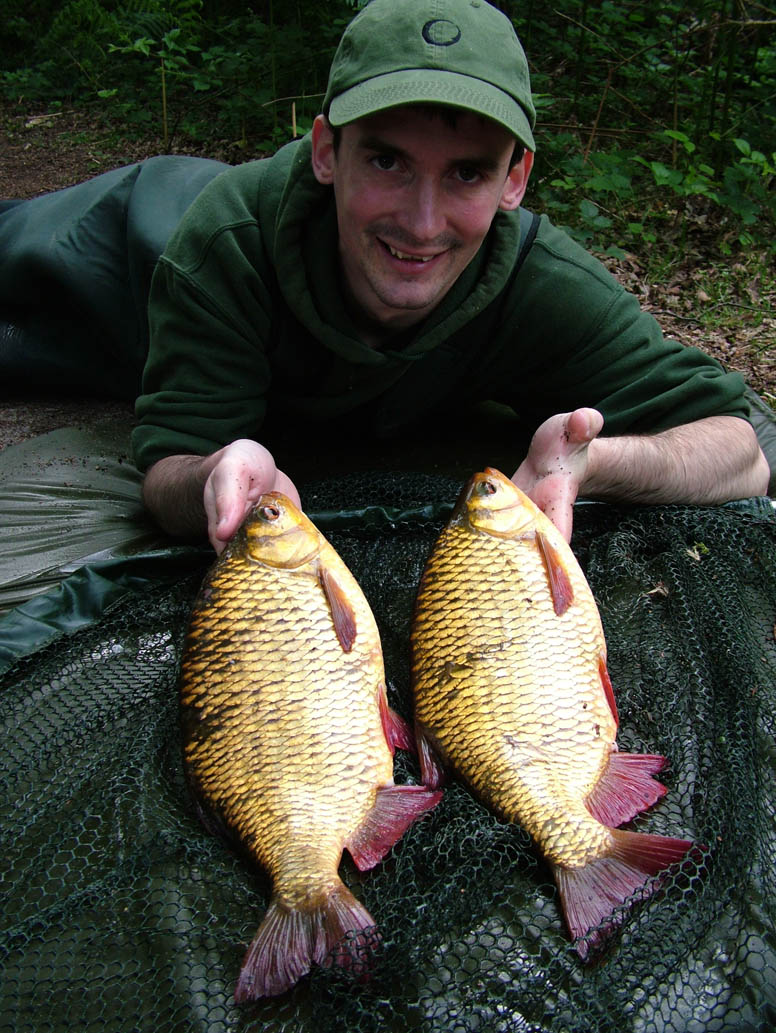
When it comes to hook length material I prefer fluorocarbon over mono. I like a fairly stiff material such as 3lb or 5lb Gardner Target Fluorocarbon, which makes it harder for the fish to eject. Wherever possible the evening before I like to tie enough hook lengths to last a session and store them on a rig board. This helps straighten the hook length making it doubly hard for the fish to eject the hook bait.
The position of the hook length from the feeder is much down to trial and error. I tend to start with the hook length around seven to eight inches away from the feeder and adjust it throughout the session. Whilst on this subject, it is important to have the smallest gap between the swivel and the line stops. If the gap is too small then this will stop the hook length from rotating in flight. Yet if there is too much of a gap this will give the fish enough room to play with and allow them to get rid of the hook. Ideally it is best to sandwich the swivel so there is just enough room for it to rotate and I test this on the bank before casting out. I have found a size 20 Gardner Target Swivels are ideal used in conjunction with medium size Gardner Target Line Stops for constructing this part of the rig.
A small sleeve, such as the Gardner Target Anti Tangle Sleeves are key to eliminating tangles. When leaving hook baits out for any period of time it is crucial that the rig is not tangle. Using anti tangle sleeves pretty much reduces this and gives you the peace of mind that you are fishing effectively.
As the rig is generally self-hooking it is important to keep the line from the rod tip to the feeder as tight as possible. Any level of slack gives the flexibility for the fish to get rid of the rig. I use Nano or Micro Bug indicators with the line as tight as possible without moving the feeder. That way in theory as soon as the fish picks up the hook bait and moves the feeder an indication will be seen.
When choosing a main line it is important to have some that is durable and can with stand the stresses and strains of casting feeders at long range and it must be good at sinking. I have seen various anglers use a fluorocarbon leader to ensure the last few feet of line around the rig sits flush to the lake bed. I prefer to do without a leader and use a durable fast sinking mainline such as 6lb or 8lb Hydro Flo.
When it comes to bait white maggots are without a doubt my favourite. They are highly visual and stand out on most lakebeds very well. I remove any sawdust they come by using a maggot riddle and add a liberal coating of Sonubaits Supercrush Green ground bait. This is made from fine crushed koi pellets and is an excellent additive. I have also used Tutti Fruity & Pineapple Flavour pots from Enterprise Tackle which have also proved effective. Introducing a small scattering of loose feed on venues such as Frensham was key. A mixture of hemp and maggots was the base of my feed, which was introduced via a small Gardner Pocket Rocket. I favour a small spod such as these as when the fish arrive I would often spod over the top of them to keep them in the area. These small spods make very little disturbance and I’ve had regular action while spodding over the top of my hook baits.
After my first summer on Frensham I dearly wanted to catch a big roach, a species I had yet to catch to a specimen size. Using what I had learnt on the big pond I headed to a commercial in the south of the country with the hope of catching a fish over 2lbs. After a couple of session using the favoured method of a long rod and a small pole float. I was catching fish and some bonus big carp along the way but knew I could be catching more. The next session saw me change to helicopter feeders and using two rods measured out Frensham style saw an increase in action and bigger fish too.
After a second summer on Frensham I was soon looking for a new venue to concentrate on. During the middle of October I was offered a ticket for roach mecca Linch Hill. Linch and more importantly for me a big roach was a species that had been on the hit list for some time and I duly paid the funds. I was fishing Frensham the day my ticket arrived, so naturally I cut my session short and drove home at midnight that evening. All I could think about was a big Linch roach, so in the middle of the night I got all my kit ready. After grabbing a couple of hours sleep I left for Oxford in the very early hours, being the first weekend of the roach ticket I thought it could be busy.
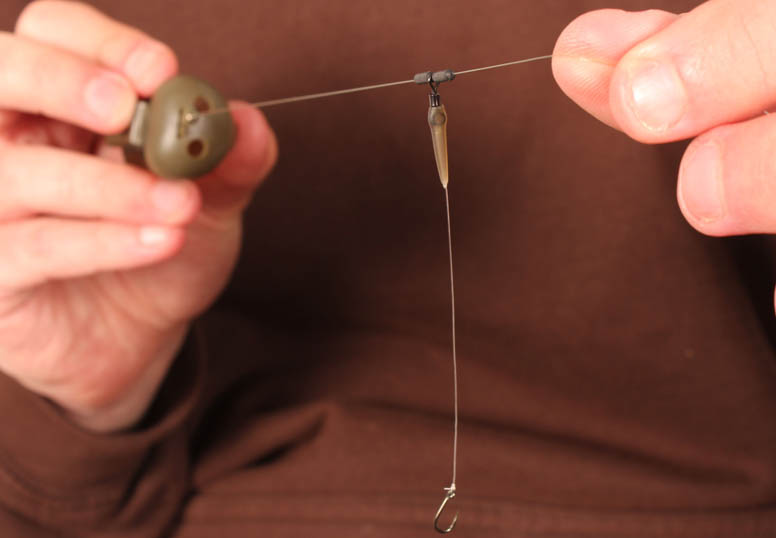
Arriving in the car park during darkness I pushed my barrow up the path of Stoneacreas and through the gate into Willow. After leaving my kit in the first swim I took a walk around the venue and was shocked to see a lack of anglers, I was the only one on! Good friend and top specimen angler Dai Gribble has caught many big Linch roach and he had kindly given me a few pointers. As dawn rose I was soon setting up in a swim known as Med two, I really liked the look of this swim as it commanded a lot of open water and I knew a few roach had been caught from this swim in the previous winter.
The fishing on Willow was very different compared to the rudd fishing at Frensham and rather than working a swim for bites it was the case of waiting for one. Feeders would be despatched and left for several hours before recasting. I didn’t want to build up a bed of feed during cold conditions and if the roach decided to feed there would only be a small patch of maggots and they would hopefully pick up the hook bait. Once I had located a productive area I would concentrate all three rods around it, often I would try and get them a couple of rod lengths apart. The feeding spells were often short and after a few sessions you could pretty much predict if and when you stood a chance of a bite.
That first night, just after darkness fell brought two bites and two PB’s weighing 2lb 13oz and 3lb 5oz, which blew me away. Despite the sometimes freezing conditions Willow produced some my favourite and memorable fishing. I only managed thirteen nights fishing on the venue that winter but managed nine fish weighing over 3lbs including two fish weighing 3lb 8oz, truly magical roach fishing.
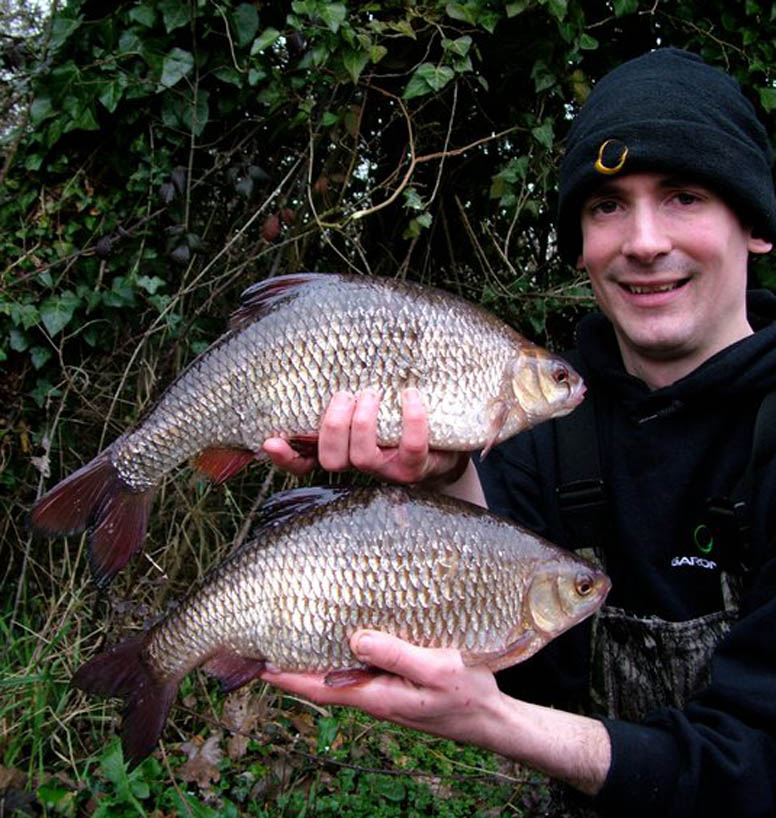


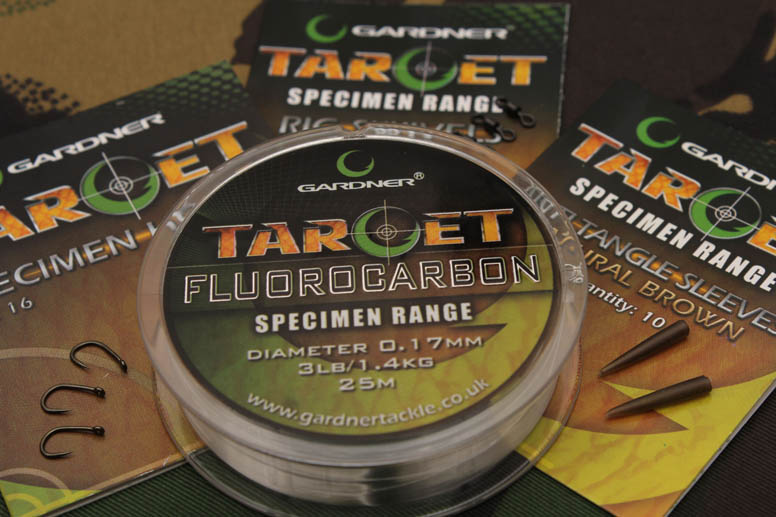
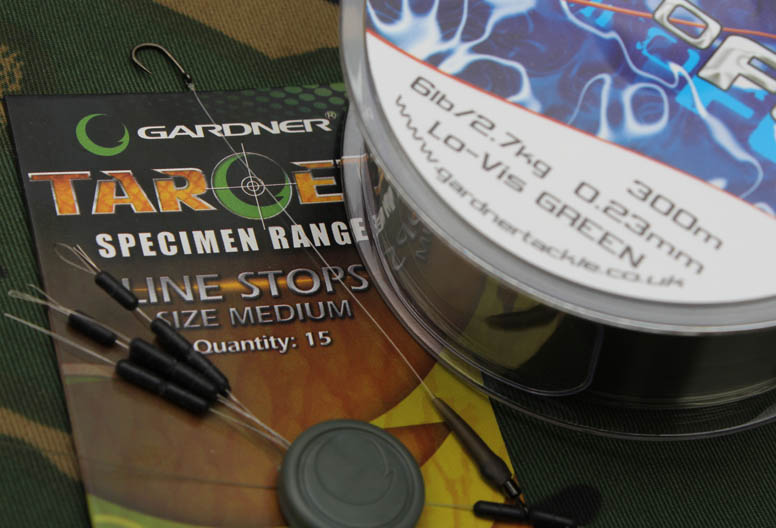

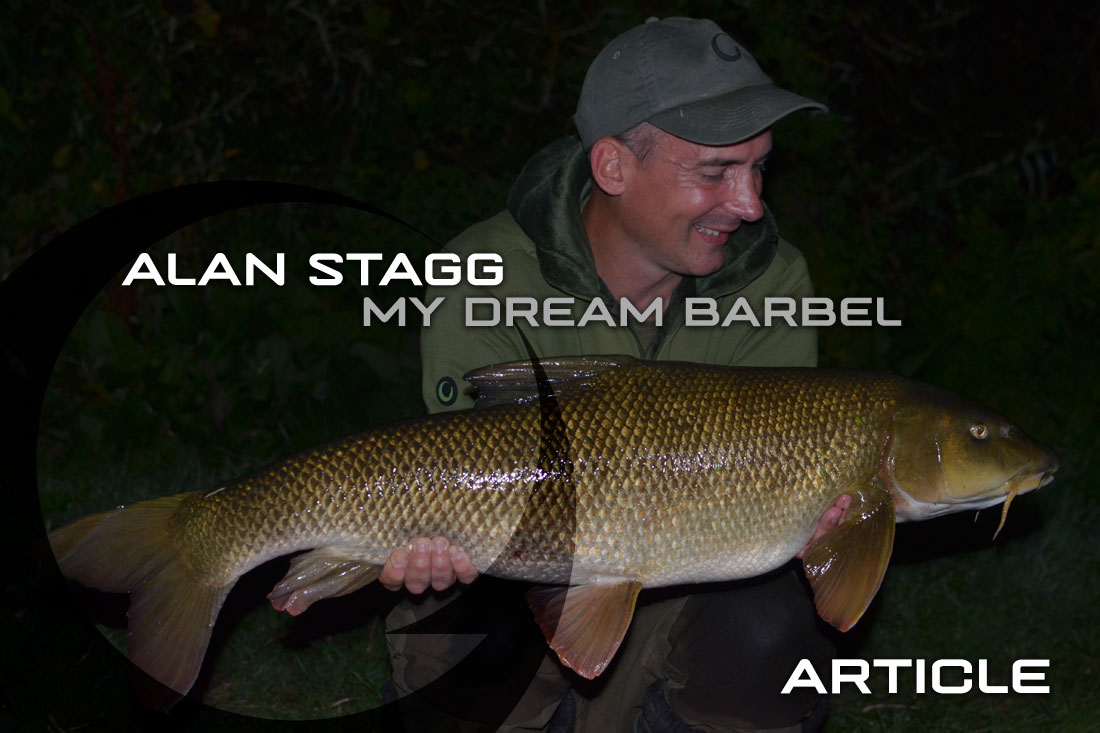
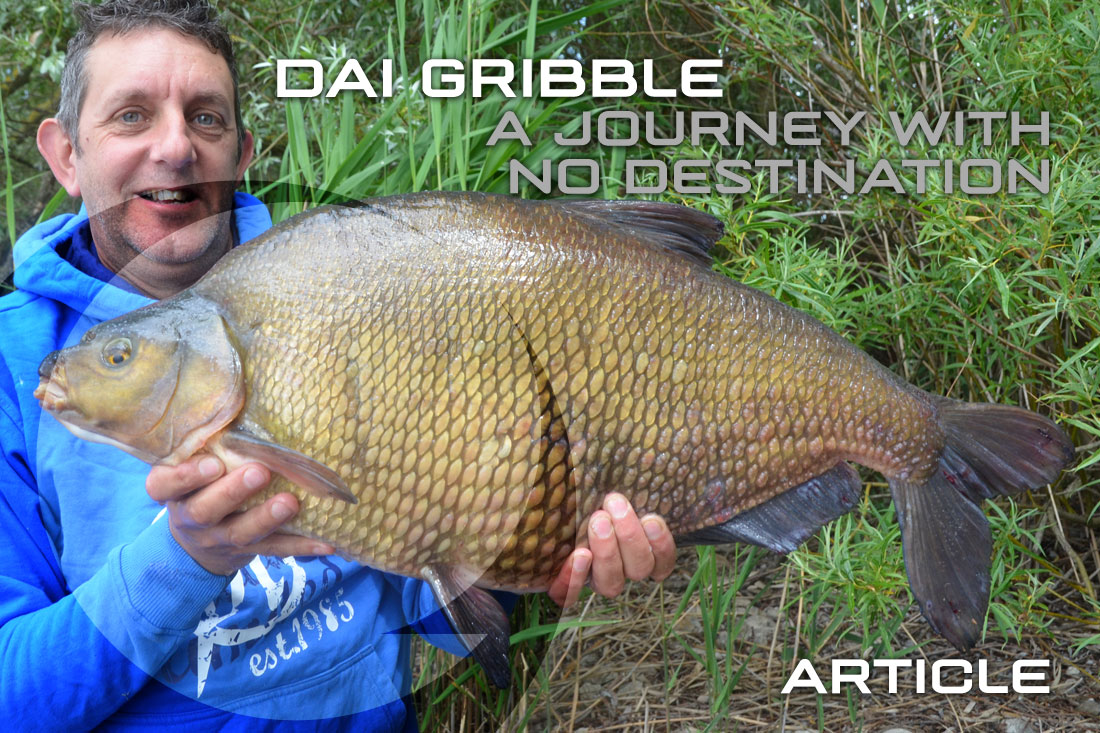
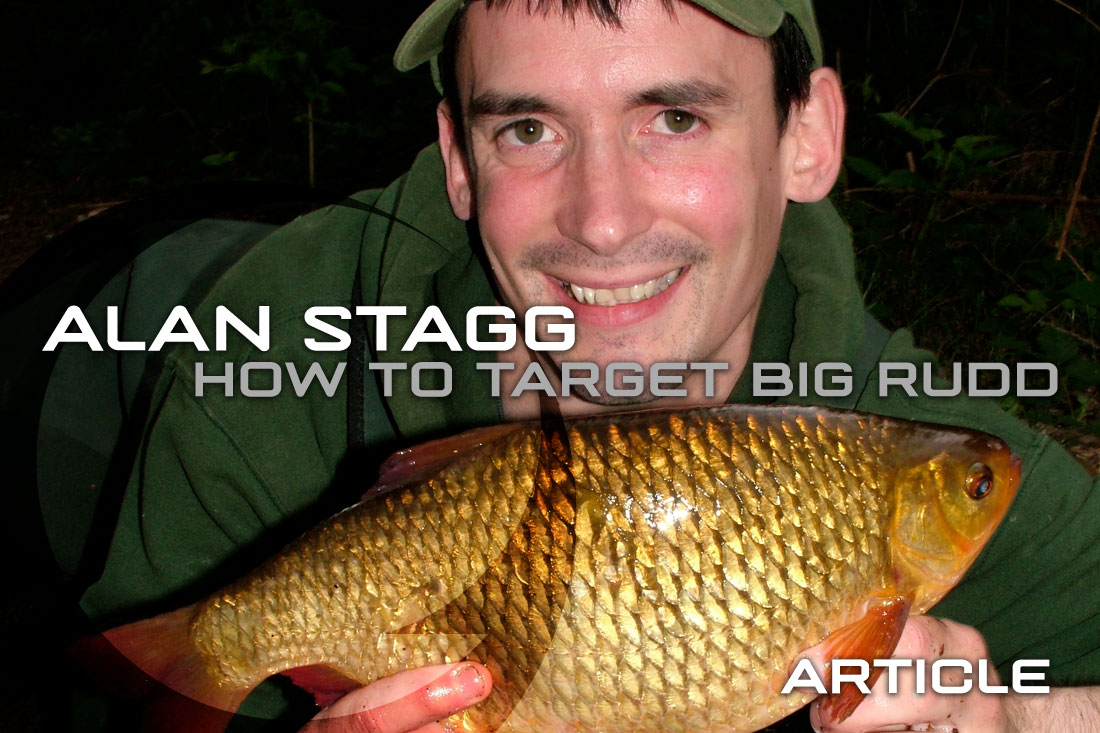
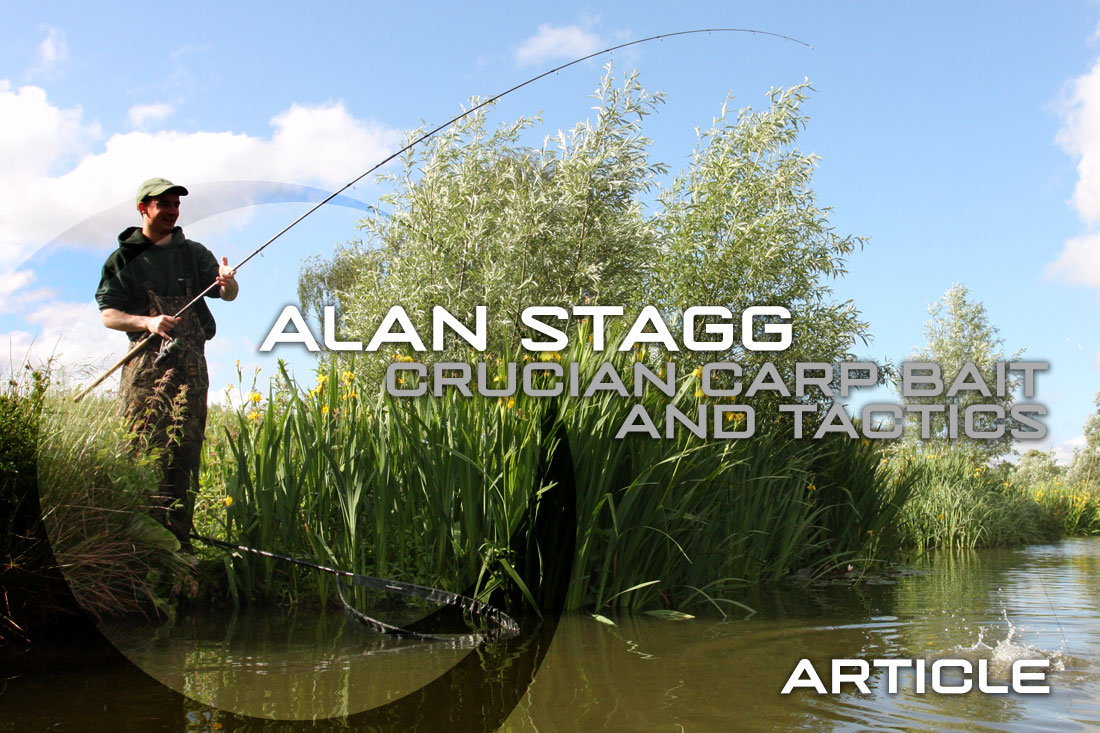
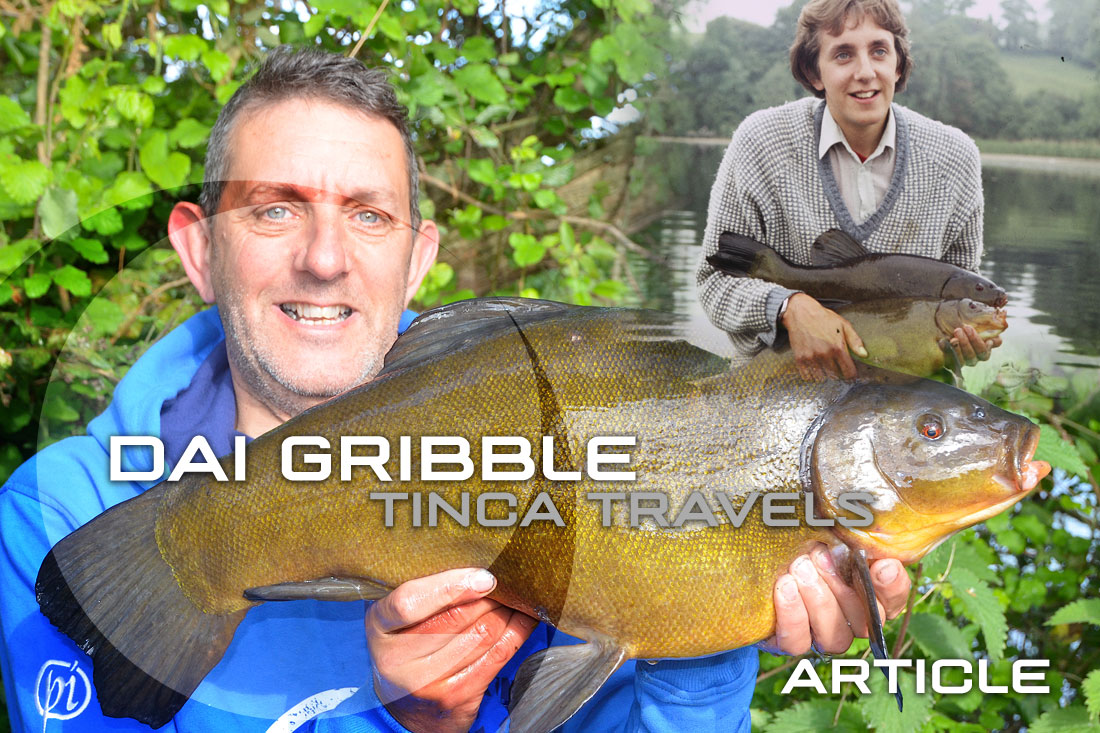
Hi Alan, A nice read. I’m just going to give this rig a try. I have seen it used on a Youtube Video with good effect! Have not been fishing this year due to Covid but I’m getting a half yearly ticket to have a go. Regards Paul.
thanks
do you use power gum as a shocker
Hi William – Alan uses very soft rods (around 1lb test curve) so there is no need for adding power gum to the rig.